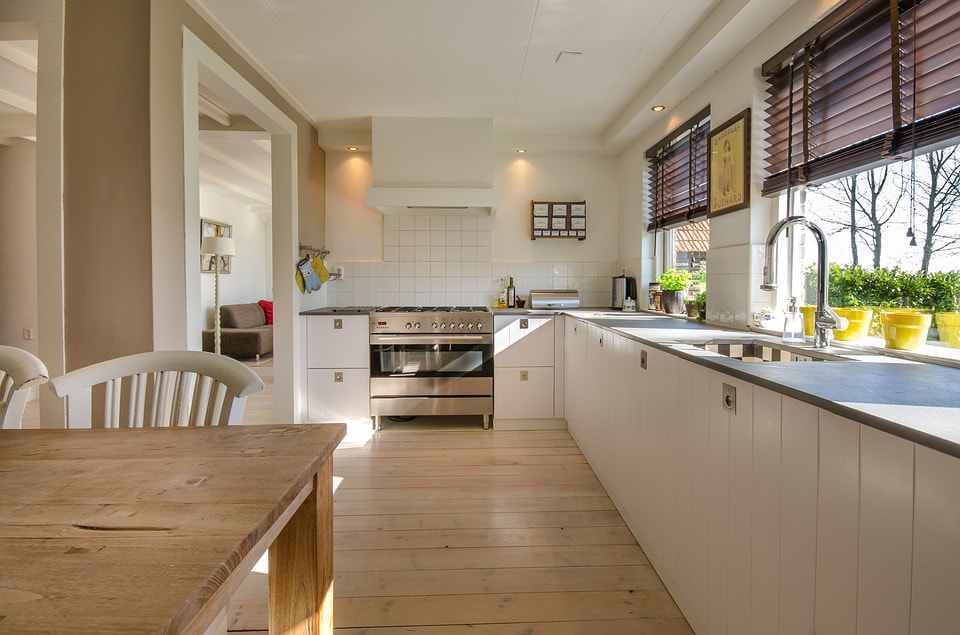|
Cleaning and sanitising (sanitizing for our American readers!) are word often used incorrectly to describe the same thing. You can clean without and sanitising and you can also sanitise something without cleaning. In most cases, especially areas of your home such as kitchens and bathrooms that can be home to high levels of pathogens you need to be cleaning AND santising to ensure you have a safe, healthy and pleasant environment. To put it simply: Cleaning is the process of removing visible dirt, residue, debris or any unwanted items from somewhere or something. When you wipe up split milk from a table top you are cleaning. IE removing most of the milk from where you don't want it to be however it is worth noting that you are not necessarily removing or eliminating pathogens and micro-organisms such as bacteria. viruses and amoeba Sanitising or disinfecting is the process of removing, destroying or denaturing these micro organisms. Contrary to what you might think it is possible to sanitise without cleaning. using an alcohol hand gel on muddy hands is a good example. Where the gel may kill or denature the harmful bacteria in to soil on your hands it doesn't actively remove the dirt itself. So you can have muddy hands that are not carrying any or at least not many germs. For Proper deep home cleaning you should follow a process that is simply: Clean and then Sanitise. In high risk areas such as kitchens you will first clean all surfaces with a soap type cleaner and remove all visible dirt and stains and tidy up any mess. Once the surfaces are completely clear to the eye you should apply an antibacterial cleaning product to kill any remaining pathogens and micro organisms. Most hard surfaces like kitchen tops then need cleaning to remove any residue of the cleaning products to avoid any streaks or watermarks and leave you with a gleaming, clean surface that you could eat off.
1 Comment
|
AuthorQuickCleaner Domestic, Commercial & Holiday Let Cleaning company. Archives
December 2023
Categories |
|
|
|
Telephone
Portsmouth 02381 922750 Swindon & Yeovil 01793 272 066 Plymouth 01752 936 167 |
Covering |
Email all locations |



 RSS Feed
RSS Feed
